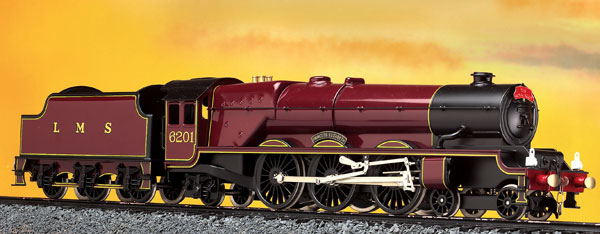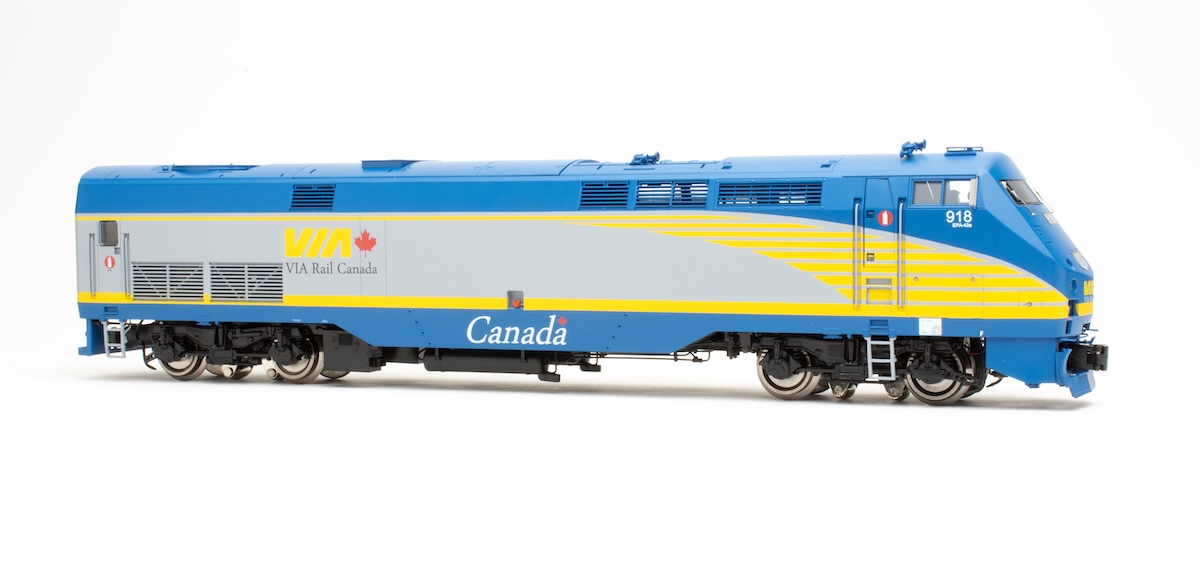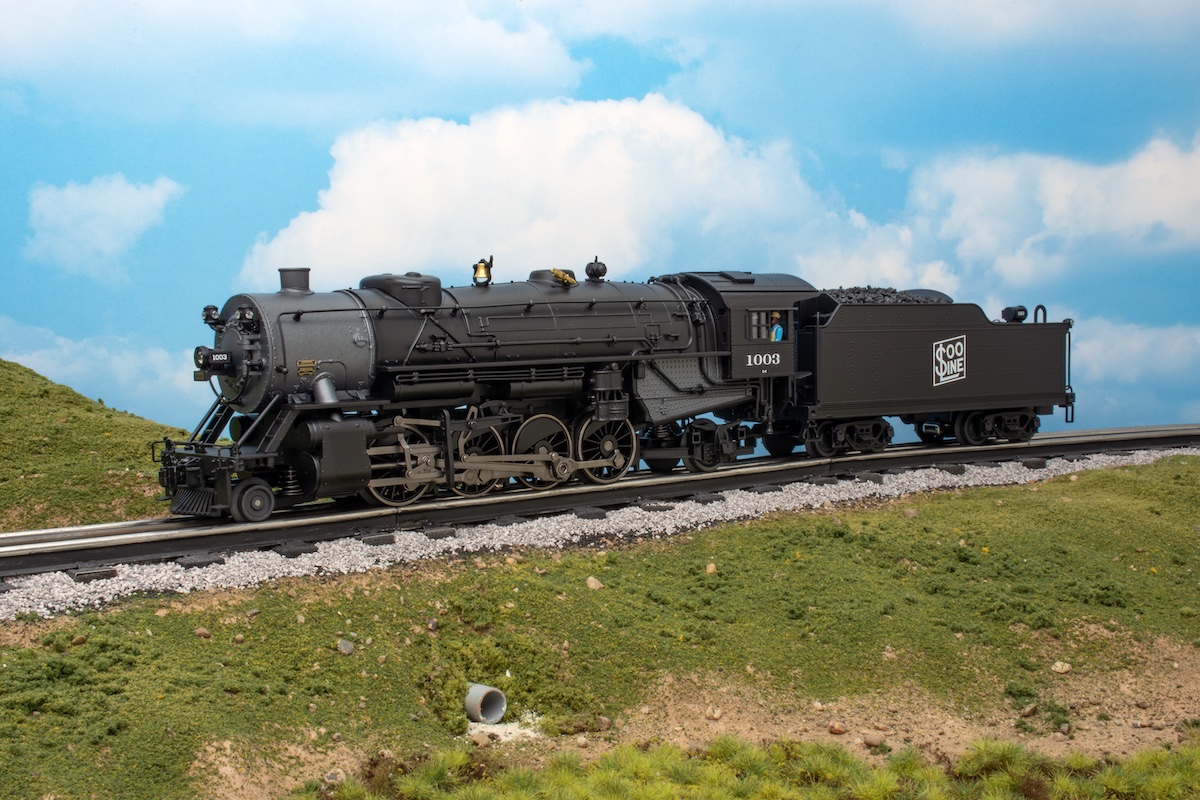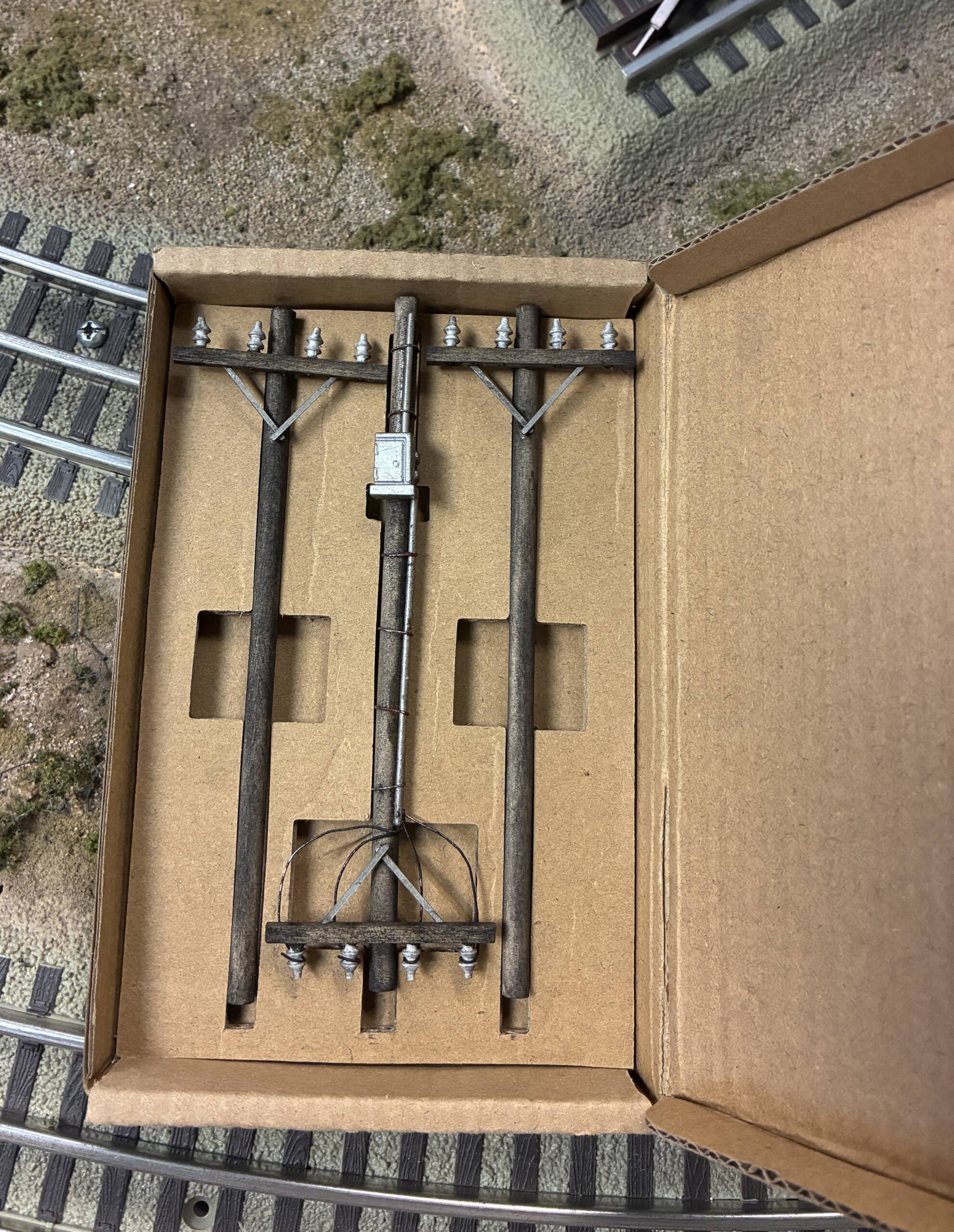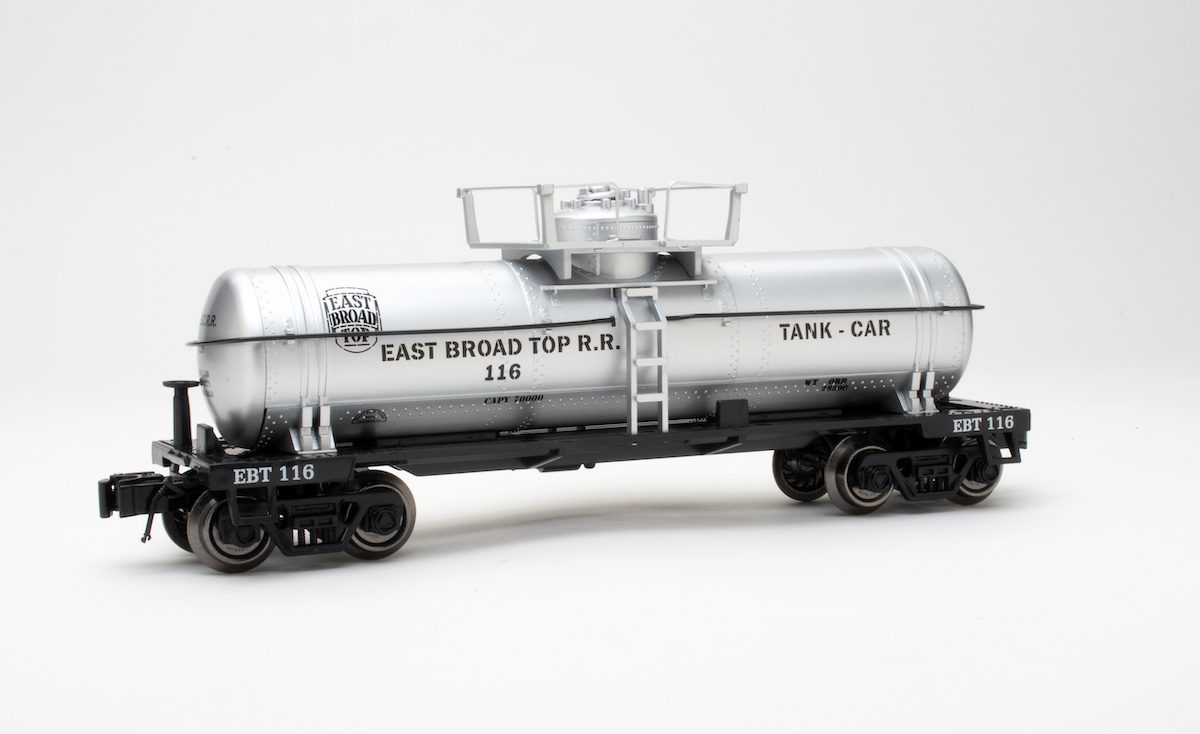British railroads have an exotic history just like American lines, but in an appropriately condensed land mass.
Dozens of 19th-century railroad companies built a tangle of lines with fast passenger trains, short freight trains, and curious-looking locomotives, including some with only two drive wheels. No deserts to cross, no Rocky Mountains to climb, no cross-continental streamliners. Just lots and lots of regional train movements!
Sturdy legions of 4-6-0 Ten-Wheelers were the backbone of British railroading throughout the first half of the 20th century. In 1923 more than 100 railroads were consolidated in what was called “The Grouping.” Out of it came the Big Four railways: the Southern, the London Midland & Scottish (LMS), the London & North Eastern (LNER), and the Great Western.
In an effort to compete with the Scotland-bound trains of the LNER (and the famous Flying Scotsman), the LMS needed a better class of passenger engine. William A. Stainer, the LMS’s chief mechanical engineer, decided that a 4-6-2 wheel arrangement would fit the bill, and he and his staff developed the Princess Royal class, the first of the so-called “Stainer Pacifics.”
These were not frilly little steamers for branch lines. They were a group of 13 four-cylinder locomotives with 78-inch drivers, each mustering 40,300 pounds of tractive effort. By comparison, the first New York Central Hudson (no. 5200), with 79-inch drivers, boasted only about 2,000 more pounds of tractive effort.
Only two locomotives from the Princess Royal class survive today, the nos. 6201 Princess Elizabeth and 6203 Princess Margaret Rose. British Railways, successor to the Big Four railways, continued running steam-powered trains until 1967. The no. 6201 Pacific was purchased by enthusiasts for preservation in 1963 and operated in the 1970s and ’80s. It was restored to service once more in 2002. Pacific no. 6203 is undergoing renovation and is expected to steam again in 2005.
The model
Bassett-Lowke’s history as a British model railroad company runs back to 1899, and the firm has offered clockwork, electric, and live-steam model trains in O, OO, and Nos. 1, 2, and 3 gauges. Train sales ended in the 1960s. In 1996 the company name was acquired by Corgi Classics Ltd., which resumed limited O gauge locomotive production in 1998.
Corgi tested the market with an O gauge live-steam 2-6-0 locomotive, then a 2-6-0 electric model.
The Princess Elizabeth is the firm’s third project, and it re-creates a hallmark model offered by both Bassett-Lowke and rival Hornby in O gauge before World War II.
This model is one of the finest, reproduction prewar-style engines the CTT staff has ever seen. This product is first rate, and just one look tells you that care was taken in every step of its manufacture.
Casting one eye toward a photo of the real Princess Elizabeth and the other toward the model, I’d have to say, “By George, I think they got it.”
Starting at the pilot, you’ll note that the buffers are actually sprung (go ahead, push ’em), and the couplers (also sprung) are the nifty link-style chains used on British railways and common to many European O gauge trains. The gold-colored buffers and coupler look sharp against the red pilot. You’ll also find simulated air hoses on both the pilot and tender.
The locomotive comes with a small pouch containing white O scale lanterns and several train-name boards. British practice was to place lanterns in a dizzying array of locations on the front of the locomotive and rear of the tender to indicate the type and classification of the train. You’ll find plenty of extra lanterns included to allow you to arrange them to suit the train’s next assignment!
The train-name boards include The Royal Scot, The Irish Mail, The Shamrock, and The Red Rose.
The smokebox is black, and the locomotive’s body is maroon. There is delicate gold striping along the frame, bracketing the cylinders, and separating the black smokebox from the rest of the boiler. Four gold-colored pop-off valves are just in front of the cab.
Steam pipes connect the front of the boiler to the cylinders, and on the left side of the boiler you’ll find an add-on pipe running the length of the boiler and a reverse bar.
The running gear is nicely rendered. The wheel rims are steel, and the spokes are blackened.
The prototype locomotive itself is fairly sleek. Comparing the model with photos of the real locomotive, the model shows an absence of rivets, most notably on the O gauge tender. This reflects more the stamped, sheet-metal construction of the model than a neglect of detail.
Paint application is remarkably smooth and clean. The nameplate Princess Elizabeth is positioned above the center wheel.
A minor point concerns the gold “LMS” on the tender. While it looks superb, the spacing between the “M” and “S” seems larger than between the “L” and “M.” Not a biggie, but something that may catch your eye.
Cab detail is Spartan. On the deck you’ll find a footplate that swings down from the cab to the tender. Its rim is curved to keep from bumping the front of the tender going through curves.
Since this is a limited-edition product, you’ll also find a brass plate with the production number in the cab (our sample engine was no. 281).
The Princess Elizabeth is a beautiful locomotive. We can only hope that Bassett-Lowke is considering offering a car set to match it. In the meantime a very practical question is, “What can I pull with this rig?”
Ace Trains produces British tinplate passenger car sets in several road names including LMS. These are available for about $280 a set.
If you are looking for a bit more of a challenge, you could try collector channels to track down prewar O gauge car sets made by Hornby or Bassett-Lowke, or postwar car sets with the Exley name.
On the test track
The locomotive is built to operate on two-rail or three-rail O gauge track using DC power only. Protruding from the cab wall are two rods. The first switches the smoke unit on and off. Pull the second rod and you move a slide switch inside the boiler that changes the locomotive from two-rail to three-rail operation.
To run the locomotive on an AC-powered layout, you’ll need to install a full-wave bridge rectifier. The rectifier converts AC to DC, allowing you to operate the locomotive’s DC can-style motor with an AC transformer.
The full-wave bridge rectifier (Radio Shack part no. 276-1146 or an equivalent) goes between the electrical pickups and the locomotive’s circuit board, which itself leads to the locomotive’s DC motor. Virtually all recent O gauge locomotives from Lionel, MTH, K-Line, and others use DC can-style motors with rectifiers. But because DC-powered tinplate trains are the norm in Great Britain, the Princess Elizabeth does not have a factory-installed rectifier.
Also, unless you also install an electronic reverse unit, your locomotive will move in only one direction under AC power.
We dabbled with a transformer from an HO starter set to get this model going, but the power pack was a non-player. Not enough juice. We dug into Model Railroader magazine’s storage closet and dug out an Aristo-Craft Power Plus DC power pack, which better suited our testing.
Despite its blind center drivers, the Princess won’t run on O-42 or even O-54 curved track. So I hooked up the DC transformer to one of my home layout’s O-72 main lines constructed of both Lionel tubular track and Atlas O track and the Princess Elizabeth ran fine. Later I moved to an O-72 loop of MTH RealTrax and the locomotive ran equally well, but the hollow plastic roadbed created more operating noise.
When running fast (20 or 30 scale mph) and changing lines through a switch, the model’s smallish wheel flanges allowed the pilot truck to jump up over the switch frogs. When I ran the locomotive a bit slower through the same switch, all was well.
The locomotive uses two spoon-shaped pickups that can be removed with a screwdriver for two-rail operation. The pickup spoons on our sample didn’t hang low enough to make contact with the center rail, so we needed to bend them downward slightly to operate the locomotive.
We tested the Princess Elizabeth, keeping within the manufacturer’s high-end suggestion of 15 volts DC instead of our usual 18-volt standard. The can-style motor was whisper quiet, and under way the locomotive generated a muted symphony of wheel and running gear noises that suggested a precision instrument at work.
We clocked the locomotive’s low speed at 7.5 scale mph. It’s high speed was 97.5 scale mph.
Since this is a re-creation of a prewar locomotive, you won’t find any traction tires and the locomotive doesn’t weigh as much as a frozen turkey. Consequently, its drawbar pull was about what I’d expect from a sheet-metal locomotive: 10 ounces. In practical terms, however, this rig can easily haul a set of Ace Trains sheet-metal passenger cars.
The Seuthe smoke unit, which can be accessed by sliding off the smokebox, delivered a light stream of smoke.
In today’s O gauge world, where there are countless versions of the New York Central Hudsons and Union Pacific Challengers and Big Boys, Bassett-Lowke’s Princess Elizabeth stands out as a beautiful model of a sporty prototype with delightfully prewar-style performance.





